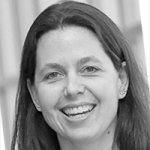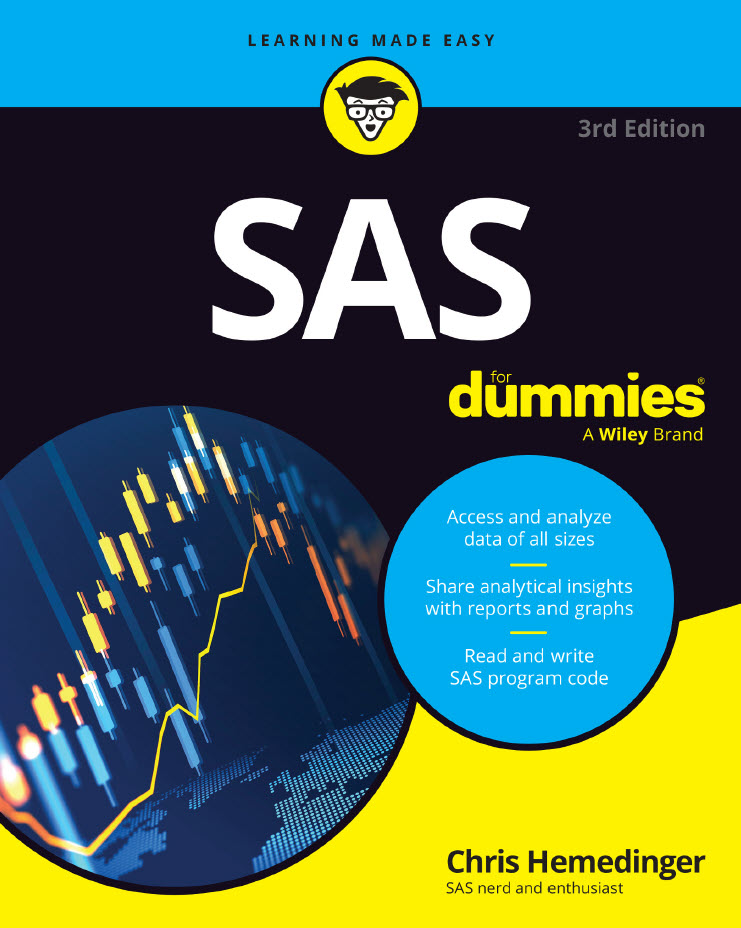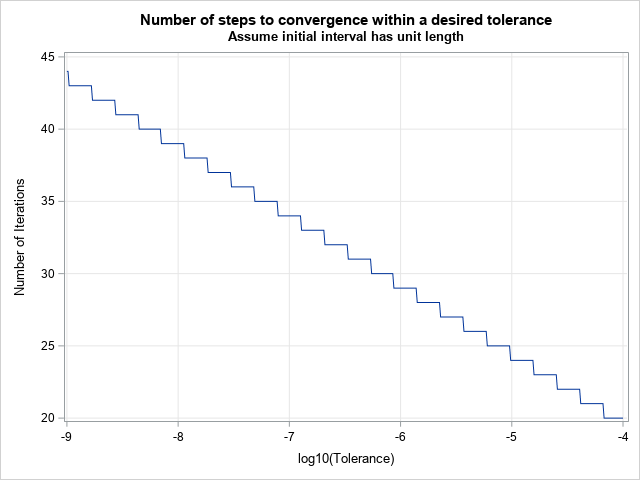 At California Polytechnic State University, San Luis Obispo the Statistics Department offers two courses on preparation for the Base SAS Certification and Advanced SAS Certification exams, respectively. Each of these courses is 10 weeks long and the topics covered follow the content offered in the certification guides offered by SAS. Students in these courses take weekly quizzes and they have weekly programming assignments, many of which have been translated into content in the new book I co-authored with Lora Delwiche and Susan Slaughter, Exercises and Projects for The Little SAS Book Fifth Edition.
At California Polytechnic State University, San Luis Obispo the Statistics Department offers two courses on preparation for the Base SAS Certification and Advanced SAS Certification exams, respectively. Each of these courses is 10 weeks long and the topics covered follow the content offered in the certification guides offered by SAS. Students in these courses take weekly quizzes and they have weekly programming assignments, many of which have been translated into content in the new book I co-authored with Lora Delwiche and Susan Slaughter, Exercises and Projects for The Little SAS Book Fifth Edition.
This year I was able to allow the students to take the actual certification exam offered by SAS as their final exam. This was an added bonus because the students walked away from the quarter as certified SAS programmers and administering this exam was a very simple process.
Getting started
As an instructor at Cal Poly, I was able to proctor a testing event for my students. At the beginning of the quarter I sent an email to SAS and they helped me schedule the exam.
A week before the exam, they sent instructions about how to create a Pearson VUE account. Students use this account to access their exam on the day of the test. Note that students need to create their account at least five days in advance of the scheduled exam to ensure that it is activated. (One of my students created the account ahead of time, but didn't realize he had to activate it. He activated it on the night of the exam and it worked for him. I wouldn't recommend this though, as it was stressful.)
What to expect on exam day
On the day of the exam, I received instructions for how to access the exams. My students were eligible for the 50% off academic discount, and we were provided with the special discount code. They logged onto Pearson VUE, followed the day-of instructions, entered credit card information, and the discount code. The instructions are very clear, but there were a few hang-ups (for example, clicking on the correct box) mostly due to nerves and being the first time that any of us had done this. The students were allowed a few sheets of scratch paper and a pencil, but I had to collect and discard all papers after the test was over.
Once the exam starts, the computer literally locks them out of any other application. The questions appear on the screen one at a time, and you click next and previous to go back and forth. There is a timer at the top that keeps track of the time left on the exam.
At the end there is a review button that lets you review your answers. Then you click submit and instantly receive a score. They do not tell you exactly what questions you miss, but they do break the score down by percentage in content areas (Accessing Data, Creating Data Structures, Generating Reports, Handling Errors, and Managing Data).
I was expecting to have to pace the room to keep an eye on what was on the screen. I did have to make sure that they were not accessing any of their hard copy materials or cell phones, but I had a clear view of all of that.
Overall, I was very impressed with the capability of the test once we all got settled in. The students said that they liked taking it with me as the proctor and in the familiar classroom environment where they learned SAS. I liked that they took this test at the end of the quarter while it was all fresh in their heads.
We go on to the advanced certification prep next quarter so I am happy that they have this behind them. A few of them didn't pass tonight which is disappointing, but they said that they will try again after the waiting period is up (14 days).
Editor’s note: If you work at a university teaching SAS as part of a curriculum and are interested in setting up a testing event, contact certification@sas.com for more information.







